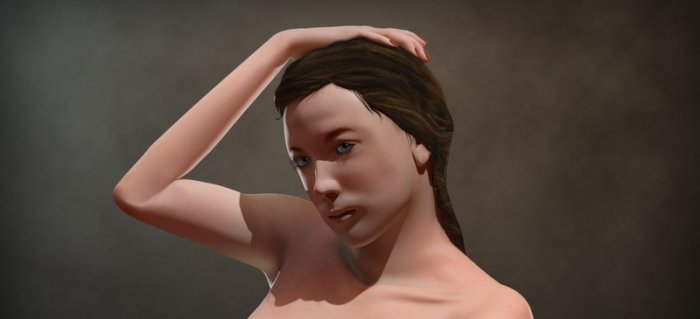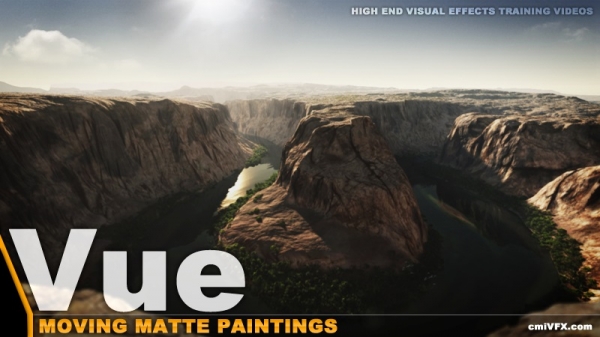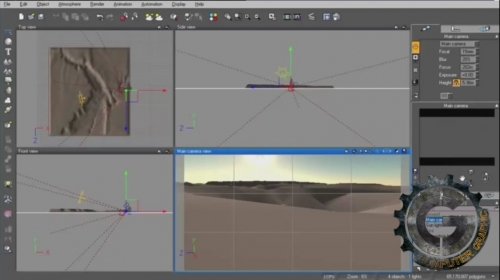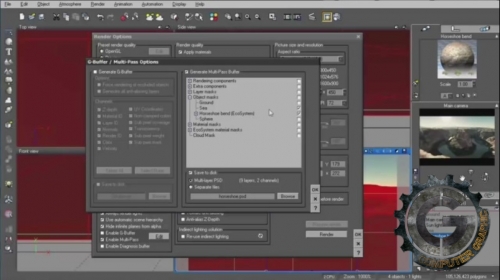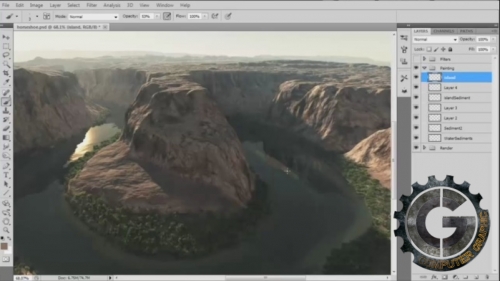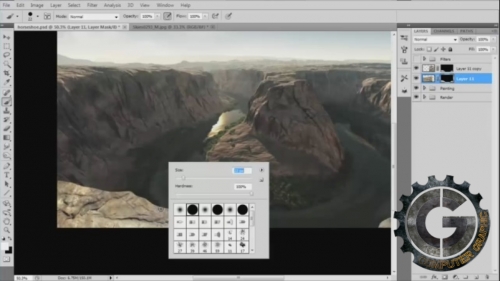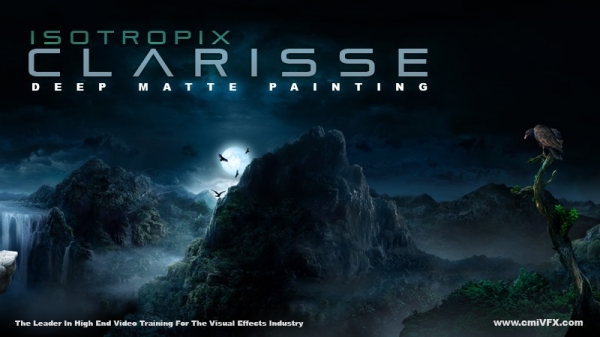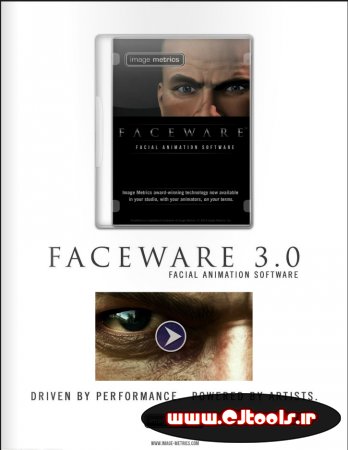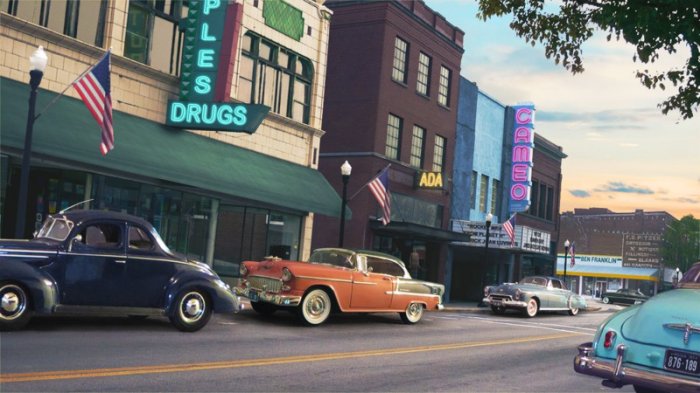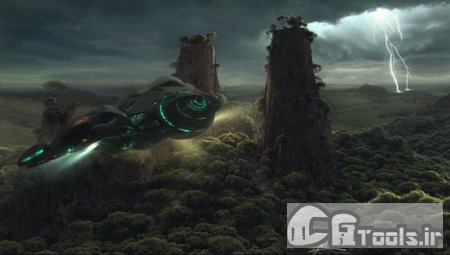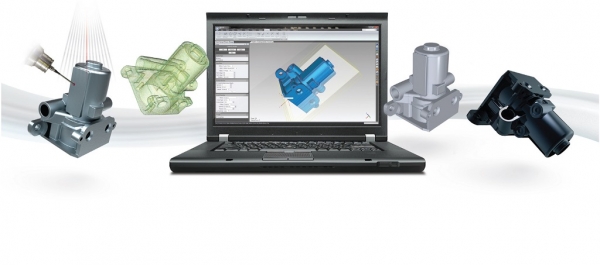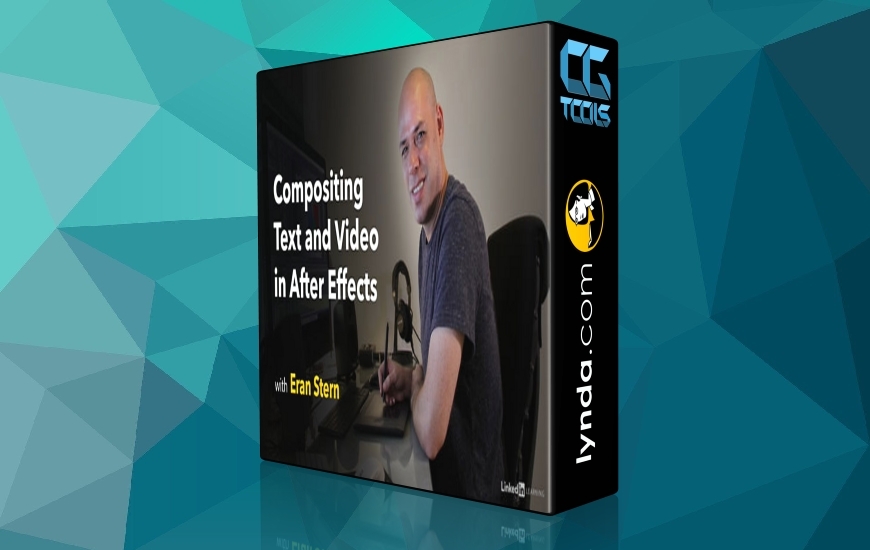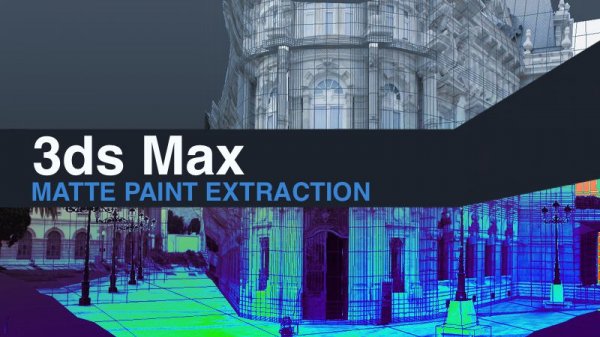![]()
شرکت cmiVFX آخرین آموزش خود را Vue Moving Matte Paintings با استفاده از ابزارهای ایجاد محیط دیجیتال در نرم افزار قدرتمند VUE به بازار عرضه نموده است که تمامی هنرمندان CG و VFX می توانند از این آموزش زیبا بهره ببرند .
مواردی که در این آموزش بیش از 4 ساعت به آنها شاره می شود عبارتند از :
DEM
فریم سازی و نورپردازی
مواد
اکوسیستم
جزئیات نقاشی
نقشه دوربین
ترکیب در افترافکت
و ...
مشاهده توضیحاتــ انگلیسی
cmiVFX launches its latest Full Feature training video in E-on's premiere digital environment generation tools names Vue. Whether your in the need for a digital back drop or detailed environment, Vue's highly capable solution is right for you. The cmiVFX users have been requesting this training video for quite some time, and we agreed that the majority of both CG artists and VFX artists should have this knowledge for better completing their pieces of work. Never before have we felt so strongly about every artist watching one of our videos before now. This video is a MUST SEE. Compositors will use it for sky replacements and element fill. CG generalists will uses it for the construct for the majority of their scenes. Vue is highly compatible with most animation packages, so getting data back and forth is only a few clicks away. IF YOU WANT TO REPLICATE NATURE AND ITS EFFECTS, BUY THIS VIDEO. (Particle and fluids guys would only use Vue data for collision elements. So most likely CG artists would be making this data for you)
Chapter Descriptions
Chapter 01 - DEM
(Digital Elevation Model)
A digital elevation model (DEM) is a digital representation of ground surface topography or terrain. It is also widely known as a digital terrain model (DTM). A DEM can be represented as a raster (a grid of squares, also known as a height map when representing elevation) or as a triangular irregular network. DEMs are commonly built using remote sensing techniques, but they may also be built from land surveying. DEMs are used often in geographic information systems, and are the most common basis for digitally-produced relief maps. In order to build a terrain based on a real location we need to find the elevation data first. We are going to find the data online, convert it to a Vue friendly format and import it into vue to start working. We will go over a couple of different ways of doing it.
Chapter 02 - Framing and Lighting
Lighting in Computer Graphics refers to the placement of lights in a scene to achieve some desired effect. Vue and other animation packages all contain different types of lights that can be placed in different locations and modified by changing the parameters. Too often, people who are creating images or animations ignore or place little emphasis on lighting. This is unfortunate since lighting is a very important part of image synthesis. The proper use of lights in a scene is one of the things that differentiates the talented CG people from the untalented. This is not a new topic as a large amount of work has been done on lighting issues in photography, film, and video. Because we will be working with a terrain which can't be changed of moved, we will do what photographers do. We will find the best angle and frame for the scene with the camera alone. Then we will "wait" for the right light (by moving the sun around) to get the perfect light for our landscape.
Chapter 03 - Materials
Many real life surfaces are not just colored but also have textures and patterns. Many also have small or large surface displacements or bumps, gouges, etc. Texture mapping is used to simulate these surfaces and thus make images more realistic. Three techniques can be used to achieve the impression of natural colors, textures, and appearances: Texture Mapping, Bump Mapping, and Displacement Mapping. Here we are going to create materials based on photo references. We are going to create bump maps and specular maps, together with color. We will work on the distribution of the materials to create the randomness found in nature. An we will combine different material layers to achive the overall material.
Chapter 04 - Ecosystem
The EcoSystem behaves just like a regular material! You can save it as a material and create a whole library of EcoSystems, which can be used later for other scenes and objects. It also means that, just like mixed materials, you can mix two or more EcoSystems, with environment influences such as altitude, slope and orientation! Thanks to Vue's Ecosystem technology we won't have to plant each individual plant, but we will control the entire plant population with just a couple of buttons and sliders. We will control the density, altitude and color of the ecosystem, to keep it just where we want it to be.
Chapter 05 - Painting Details
Photoshop Digital painting thrives mostly in production art. It is most widely used in conceptual design for film, television and video games. Now that we have our Vue base render we will use Photoshoop to add more details. We will fix some texture issues, paint cracks on the rocks. Add some sediment under water and maybe a bit of extra land somewhere. Overall making the landscape look more believable. By now your probably worries that we are dealing with a 2d solution"andbrvbar; BUT DON'T WORRY! We have found the fastest way to get the details that you need in the positions that you need it!
Chapter 06 - Camera Mapping
Camera Mapping is any method of mapping three-dimensional points to a two-dimensional plane. As most current methods for displaying graphical data are based on planar two-dimensional media, the use of this type of projection is widespread, especially in computer graphics and we will demonstrate that here. At this point we have our final painting. Now we just need to make it move. To do that we will create a camera projection inside Vue in a couple of simple steps. Then we will animate a camera to create the shot and prepare the file for final render. After that, well yes, we will render!
Chapter 07 - Compositing in After Effects
Adobe After Effects is primarily used for creating motion graphics and visual effects. After Effects allows users to animate, alter, and composite media in 2D and 3D space with various built-in tools and third party plug-ins, as well as individual attention to variables like parallax and user-adjustable angle of observation. Using After Effects, we'll go over the project used to make the final animation. We will add some extra elements to bring the shot to life. Including birds, sound and lens flare. No stock footage here...everything will be hand made.





